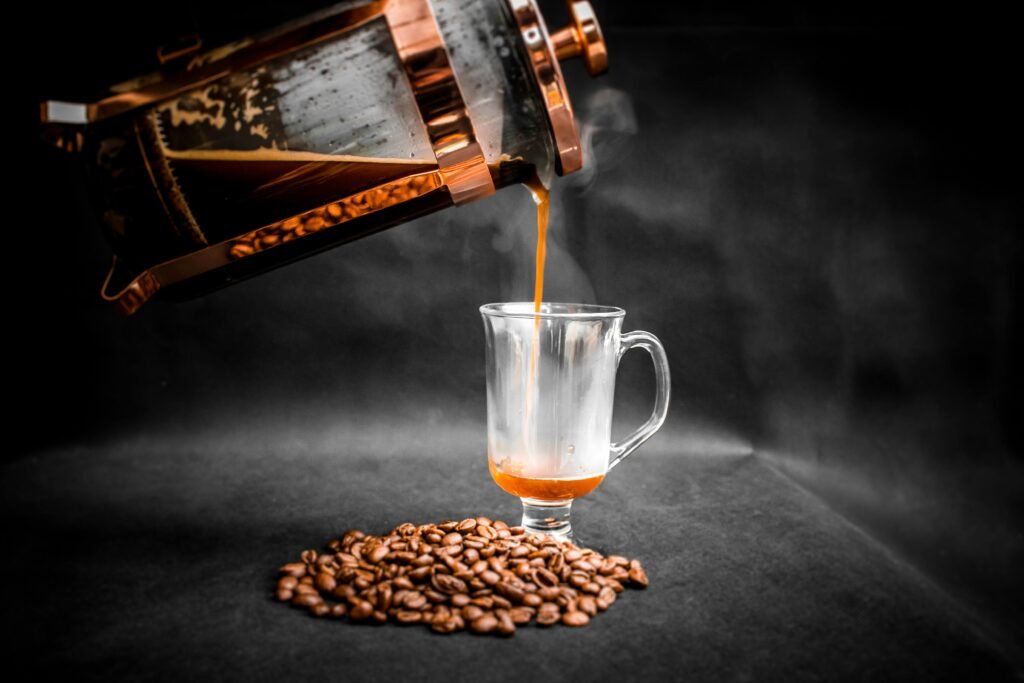Once handed out in lunchboxes, school canteens and sports day packs across the UK, sports biscuits have secured a unique place in British snacking history. While they may seem like a simple treat, their legacy ties into nutrition, education, health campaigns, and even government food programmes. In 2025, with wellness culture rising and school food scrutiny higher than ever, sports biscuits are back in public conversation—though not without debate. This article dives into the origin and evolution of sports biscuits. Also we will discover how they fit into modern food discussions, and what parents, educators and consumers need to know about them today.
What Are Sports Biscuits?

They are a specific type of biscuit created primarily to provide an energy-dense, shelf-stable snack suitable for school-aged children and physically active individuals. Typically square-shaped and light brown, they are mildly sweet and made with ingredients like flour, sugar, vegetable oil and added vitamins or minerals. They’ve been distributed for decades in schools, particularly in free school meal programmes. Despite their name, sports biscuits are not exclusive to athletes. The term “sports” refers more to the idea of movement and activity rather than elite training. Their carbohydrate content was originally intended to provide energy boosts for children during the day or after physical activity.
History of Sports Biscuits in the UK
Sports biscuits date back to the mid-20th century when post-war rationing influenced how the UK government provided nutrition to children. At one time, biscuits were fortified with nutrients to tackle malnutrition and hunger in schools. These biscuits, in particular, became popular through school catering contracts, being included as part of school meals and sometimes military rations. By the 1990s and early 2000s, they were a common sight in UK primary and secondary schools, often included in lunch trays or given out during sports events. Many adults today recall them as a nostalgic school snack—a reliable source of quick energy before PE or after a cross-country run.
However, the nutritional standards applied to school meals evolved. With growing awareness of childhood obesity, the inclusion of sweetened or high-carb snacks in government-funded meals became controversial. As a result, sports biscuits gradually declined in popularity across mainstream school menus.
Nutritional Value of Sports Biscuits
A standard sports biscuit contains around 50–70 calories, with a composition primarily of simple carbohydrates, small amounts of fat, and trace amounts of fibre or protein depending on the brand or recipe. Some variants were fortified with vitamin D, calcium or iron, especially those designed for public food programmes.
In 2025, the conversation about these biscuits revolves around balance. While they’re not inherently unhealthy, critics argue that their simplicity offers limited nutritional benefit beyond quick energy. Nutritionists now emphasise pairing such snacks with protein or fibre-rich foods for better satiety and energy control. Some new-generation sports biscuit brands now include added oats, reduced sugars, or protein enhancements. These variations aim to keep the nostalgic flavour while aligning with modern dietary expectations.
Are Sports Biscuits Still Used in Schools Today?
In short, yes—but selectively. Many local authorities in the UK have revised their food policies since 2020, and these biscuits are no longer blanket-distributed. Instead, they may appear in packed lunches during sports events, issued by youth clubs. These biscuits also offered as occasional treats during outdoor activities.
According to a 2025 Ofsted report, some academies in England still offer sports biscuits as part of special menus, especially when they align with themes like activity weeks or sports enrichment days. However, they’re increasingly replaced by fruit snacks, oat bars or protein-rich alternatives.
Interestingly, many parents buy them independently through commercial outlets or wholesalers like Booker, Costco, and Amazon, using them for packed lunches or nostalgia-based snack boxes at home.
Cultural and Social Relevance in 2025
There’s been a resurgence of interest in retro British snacks, with TikTok and YouTube creators revisiting old school foods in taste-test videos. Sports biscuits, along with pink wafers, bourbon creams and school cake with pink icing, are making a comeback—not just for children, but adults seeking a nostalgic link to childhood. This social trend has prompted small bakeries and food brands to create artisan versions of the sports biscuit. Some London cafés now sell “elevated” sports biscuits made with organic flour, plant-based butter and low-GI sweeteners. Moreover, fitness influencers have contributed to the resurgence by creating DIY sports biscuit protein versions using oats, whey and almond butter. These recipes aim to blend nostalgia with modern nutritional standards.
Sports Biscuits and Government Food Schemes
While less common now, sports biscuits were once core to the School Food Standards initiative. In 2025, the Department for Education encourages low-sugar, nutrient-dense snacks in schools, but allows discretionary inclusion of legacy snacks for themed events or low-budget programming. Charities like Magic Breakfast and FareShare have occasionally included sports biscuits in donation packs to food-insecure families. In such contexts, the emphasis is on energy density, low cost, and long shelf life—areas where sports biscuits still perform well.
Are Sports Biscuits Healthy?
They can be part of a balanced diet when eaten in moderation. For a child running around the playground or participating in football, sports biscuits offer a convenient energy boost. But for sedentary individuals, regular consumption without balance may contribute to excess sugar intake. In 2025, Public Health England continues to recommend snacks under 100 calories for children, with less than 5g of sugar. Most standard sports biscuits hover slightly above that threshold. Brands reformulating recipes to meet these guidelines are more likely to be accepted in mainstream school menus again. Ultimately, the context matters: in moderation and as part of an active lifestyle, sports biscuits remain a nostalgic and functional snack.
FAQs About Sports Biscuits
1) Are these biscuits still available in UK supermarkets?
They’re not widely stocked in mainstream supermarkets but can often be found online via wholesalers, Amazon, or bulk snack retailers.
2)Do sports biscuits contain a lot of sugar?
Traditional versions have moderate sugar levels. Newer versions in 2025 are being reformulated with reduced sugar to meet updated health standards.
3)Can I still pack sports biscuits in school lunches?
Yes, although some schools have banned high-sugar snacks. Always check the school’s nutrition policy.
4)Are there any high-protein or healthier sports biscuit alternatives?
Yes, newer versions include oats, protein, or fibre enhancements. Some parents also make DIY versions using protein powders.
5)Why are sports biscuits associated with UK schools?
They were widely distributed in government food programmes and school meals, particularly in the 1990s and early 2000s.
Final Thoughts
They are more than just a schoolyard snack—they’re a symbol of a specific moment in the UK’s food history. In 2025, they occupy a curious space between nostalgia and nutrition, with newer generations rediscovering their taste. Older generations reflecting on their role in past school routines. As food trends evolve, sports biscuits are being reimagined rather than erased. From school tuck boxes to protein-packed recreations on TikTok, these humble biscuits continue to reflect the shifting values of food, health, and culture in the UK.
Whether you see them as a harmless treat or a sugar trap depends on how they’re used. Informed, balanced consumption is key—and perhaps, that’s the message 2025 wants to leave behind.
To read more: click here





